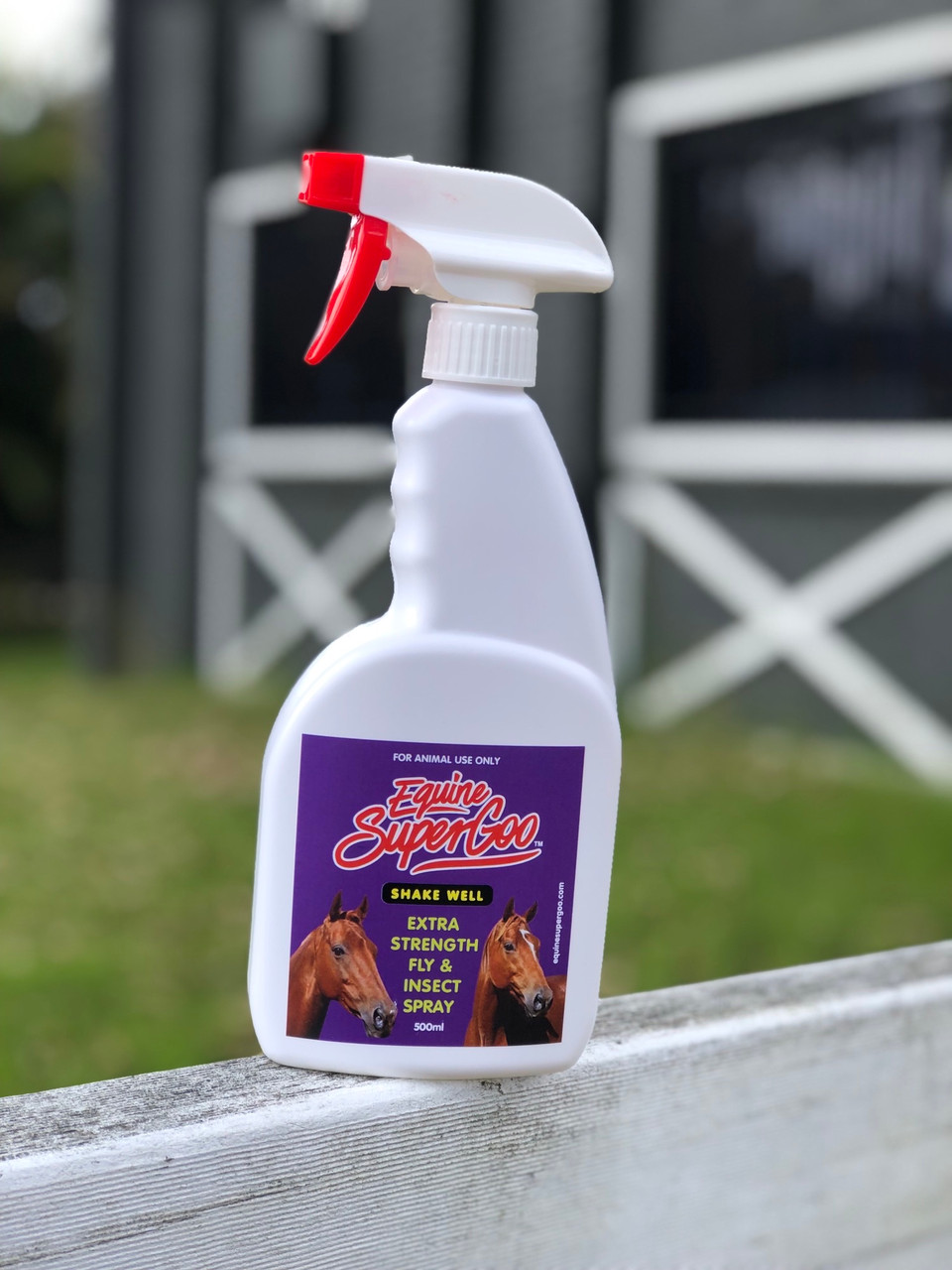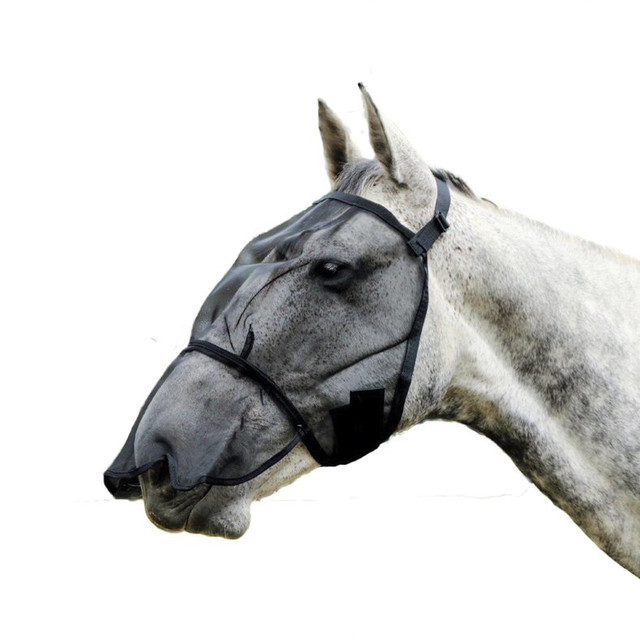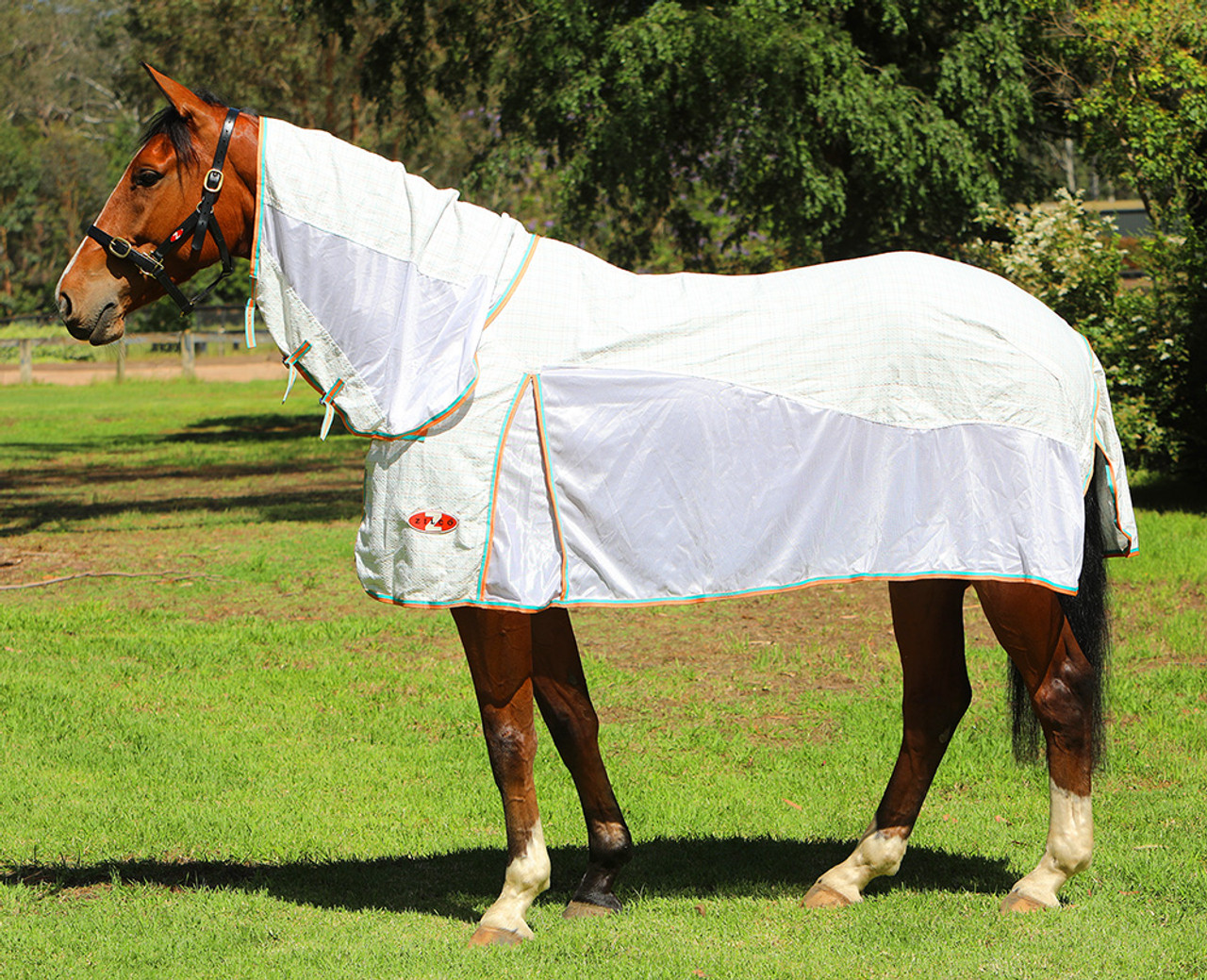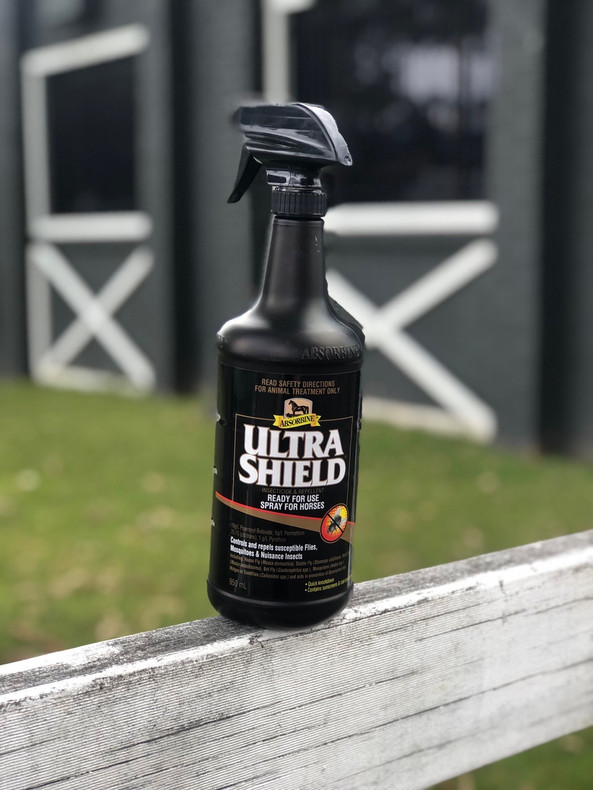- Use fly repellent sprays or wipes specifically designed for horses. Apply these products to your horse's coat, mane, tail, and around the head, avoiding sensitive areas like the eyes and mucous membranes.
- Consider rotating between different types of fly sprays to prevent flies from developing resistance.

- Invest in a well-fitting fly mask to protect your horse's face and eyes from flies. Look for masks with ear covers for added protection.
- Use lightweight, breathable fly sheets to cover your horse's body. These sheets can provide a barrier against flies and also protect against sunburn.
- Make sure the fly sheet fits properly and does not cause rubbing or discomfort.
- Install fans in the stable to create airflow. Flies are less likely to bother horses in well-ventilated areas.
- Fans can also help keep the horse cool and comfortable.
- Keep manure and soiled bedding to a minimum, as these attract flies. Regularly clean stables, paddocks, and surrounding areas.
- Consider using fly predators or other biological control methods to reduce fly populations.
Flies can be a nuisance for horses, causing irritation, stress, and potential health issues. Fortunately, there are several strategies you can employ to help prevent flies from bothering your horse:
Fly Sprays:



Horses don't all like sprays and so we also have a cream!
Fly Masks: browse here Fly Masks

Lots of different styles and types available. Nose covers ear coverage fly masks to use when you are riding, Fly masks with citronella, stretch fabrics mesh or cotton. Worth a browse on our website.
Some fly masks also have UV protection, which is beneficial for horses with sensitive skin.
Fly Sheets: Hybrid Mesh, Mesh, Flag and Cotton Combos all work to keep pesky flies off your horse
Browse summer combos here Summer Combos


Fans:
Maintain Proper Hygiene with Stable and Paddock Management:
Keep water troughs clean and free of debris, as flies are attracted to stagnant water.
Ensure that feed areas are clean and free of spilled food.
Natural Repellents:. such as Equine Super Goo
Consider using natural fly repellents, to prevent the use of so many harsh chemicals. Essential oils like citronella, eucalyptus, or tea tree oil are part of our amazing Super Goo. Some horse owners find success with homemade fly sprays using these ingredients.
Fly Traps: Browse Fly Traps

Set up fly traps or fly tapes around the barn and pasture to help reduce the fly population. There are various types of traps available, including those that attract flies with bait.
Rotational Grazing:
Implement rotational grazing practices to avoid overgrazing and allow pastures to recover. This can help minimize the fly habitat.
Supplements:
Some horse owners use feed supplements that claim to repel flies from the inside out. Garlic added to the feed is often used by customers to repel mosquitoes and other biting flies. Garlic is available in store. Consult with your veterinarian before adding any supplements to your horse's diet.
By combining these strategies, you can create an environment that is less attractive to flies and help keep your horse more comfortable. It's essential to be consistent and proactive in your approach to fly control.
Some horse owners use feed supplements that claim to repel flies from the inside out. Consult with your veterinarian before adding any supplements to your horse's diet.
Keep manure and soiled bedding to a minimum, as these attract flies. Regularly clean stables, paddocks, and surrounding areas.Consider using fly predators or other biological control methods to reduce fly populations.


